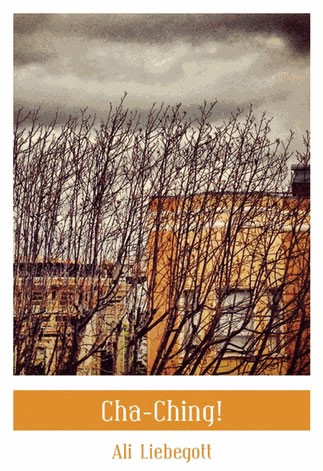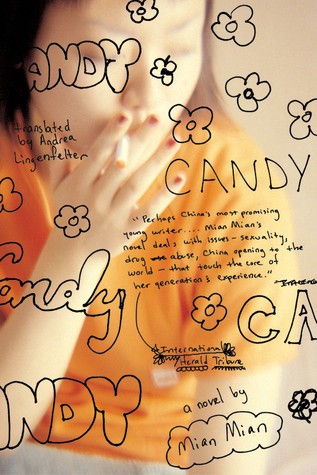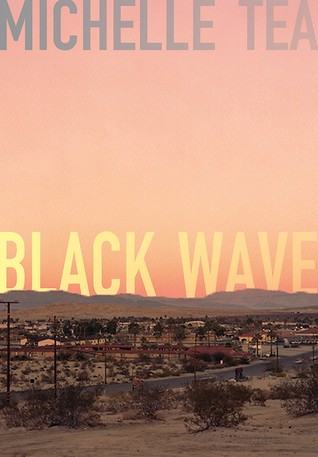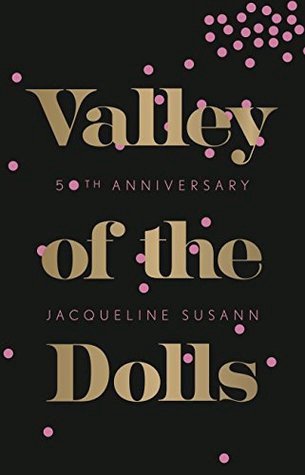Reading Lists
8 Books About Women and Addiction That Are at Least as Good as Bukowski
Addiction narratives that center on women deserve a spot next to male gonzo antiheroes
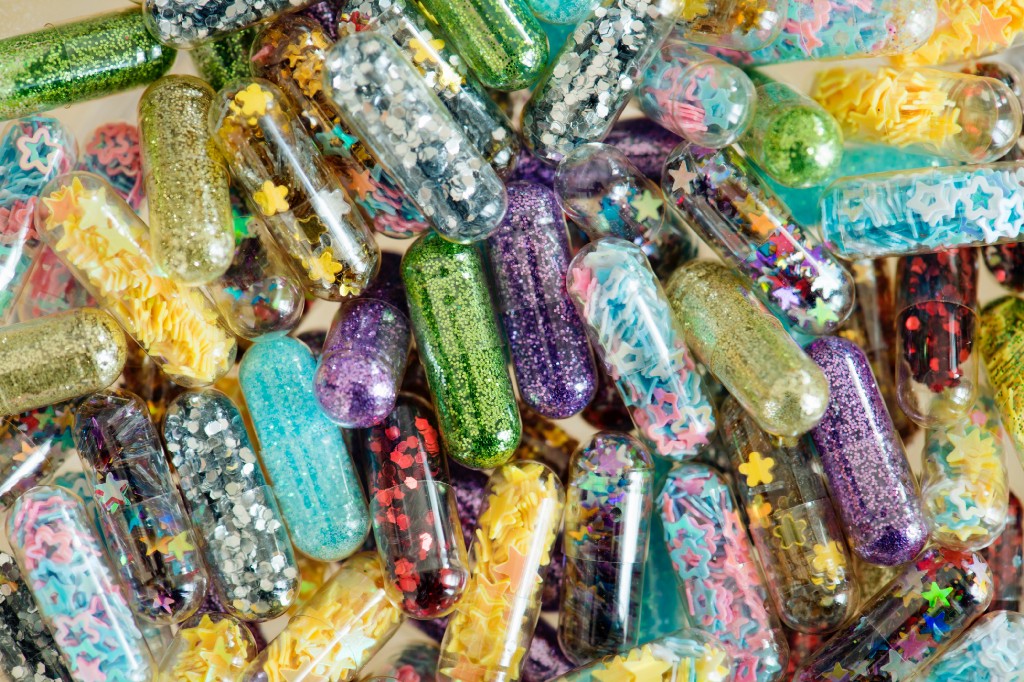
In literature, the addiction narrative has become a genre unto itself. Populated by a variety of counterculture antiheroes, the addict narrative has given birth to a range of admired weirdos, spastic “cools” and philosophical lone wolves. The stories range from the absurdly surreal (Hunter S. Thompson’s Fear and Loathing in Las Vegas), to the beautifully haunting (Denis Johnson’s Jesus’ Son) to the comically tragic (Jay McInerney’s Bright Lights Big City) to the sentimental and overwrought (James Frey’s A Million Little Pieces)But what they all have in common is that their protagonists are men.
Female-driven addiction narratives are much rarer, and different in tone; they eschew the lone wolf, the zany ’60s acid-test journey, the psyche’s abyss into self discovery and heroic downfall. Instead they prey on our deepest fears, our collective Mother Hunger, as it’s known in psychiatric circles. Mother Hunger is a deep maternal wound caused by a mother who emotionally or physically abandons her daughter, and it’s been credited with producing a legion of wounded women. These undervalued and improperly-loved women in turn become monstrous. They awaken our anxieties both about our own pasts and about the future; we fear that they too will be bad mothers, stewards of a motherless earth strangling to death on its patriarchal noose. We are both pulled and repulsed by the female addict.
The Space Between Addiction and Recovery
Becoming an addict means deciding, consciously or otherwise, to let slide the obligations of life. But when women commit to addiction they do one better: they drop out. This doesn’t always mean that they quit their jobs or check out of society; rather, they drop out of a patriarchal hierarchy, the agreement made upon entering adolescence that they will be virtuous and maternal, self-sacrificing and tender. The female addict takes her body back from patriarchal demands and feeds it to destruction. To devote one’s life to substances is to trash it all. It is to say, “I don’t care,” and no one is supposed to care more than mom. That’s why Earth got sucker punched into being a mother, and we feel so comfortable trashing her. The female addict often reeks of petulance and narcissism in a culture selling puritanical female piety. She flies the plane of her body, her female currency, into the ground. For this reason the female addiction narrative should be celebrated.
None of these observations argue for an increase in female addicts, only that we allow the female drug narrative out of the closet and offer them a spot next to the Thompsons and Bukowskis. Addicts are selfish and self centered, brutal to those around them and most of all themselves. In this way the female driven addiction narrative is often told from the perspective of highly intelligent, exhausted women, tired of trying, burdened by knowing, seeing and living. Let us celebrate the diversity of their voices.
Here is a list of some sloppy broads.
Zippermouth by Laurie Weeks
Laurie Weeks has one novel, one short story in the iconic Semiotext(e) compendium The New Fuck You: Adventures in Lesbian Reading, Debbie’s Barium Swallow, and one screenplay, Boys Don’t Cry — and yet this is enough to place her in the category of greatest living writers. She’s that good. Laurie Weeks is a sentence tornado, taking you out before you’ve had time to grab your things. You thought you were running for the basement but actually you were swirling through mid-air staring into the petrified eyes of a family cow which has taken flight. Zippermouth introduces us to its nameless heroine, a copy editor junkie employed at a big New York publishing house whose ludicrous insights on how to get through life are a funhouse of tight, expertly written sentences. Weeks’ novel is driven by voice, seeped in weird and flourishing with absurdity.
A Piece of Cake by Cupcake Brown
It’s difficult to define Cupcake Brown’s memoir as devastating, although certainly it is, but it is also so much more. Scarred as a girl by finding her mother’s dead body in bed, Brown moves to South Central to live with family, joins the Crips, follows her addictions into prostitution and hitchhikes up the coast on LSD following rock bands with a myriad of other squalors. Along the way she weaves her strange tale with vivid imagery. Brown’s voice crackles with humor, superb original observations about life at the margins, and the ability to build a scene with such deft skill you can see each character, hear the timbre of their voices and smell the Jean Nate on the wrists of the teenage prostitute junkies who pepper the book. Take for instance the opening chapter in which an eleven year old Cupcake discovers her mother’s lifeless body:
I began to cry again and Daddy reached over and turned the radio off. But it was too late. That was now our song; Mamma’s and my song. “Chain of Fools” would be our live song and “Breaking Up Is Hard To Do” our death song.
Shit, I thought. Life sucks.
Drenched in 1970s and ’80s slang and cultural references, the book bounces with life. Brown paints a picture of a dour girlhood caught in limbo and nearing the tipping point.
Go Ask Alice by Anonymous
Go Ask Alice gets shit on a lot and I have no idea why. This book is excellent, a mood and vernacular masterpiece. Originally marketed as the “found” journal of a teenage junkie and her slow descent into the abyss, it was later discovered to have been written by a social worker in her 30s named Beatrice Sparks. I mean, are you kidding me? This thing was bound for infamy the moment it was birthed from the ethereal into our dimension. To start with, it is utterly ridiculous. Nothing in this book is moving or poignant in the traditional sense; what it is is a blueprint for snotty petulant teen speak that later took over the world and came to be known as Valley talk. This thing might be the birthplace of like. Ya know what I mean? Our narrator is such a complainer, such a brat, such a teenager I was truly surprised upon learning in high school that the author was actually an adult. It’s virtually impossible to have empathy for our protagonist — she’s wretched and annoying — but she’s also a master of rhythm and a terrific wordsmith. Each sentence of nonsense folds into the next with an urgency only a teenager could muster. It’s all so frightfully important! From the opening chapter:
Yesterday I remember thinking I was the happiest person in the whole earth, in the galaxy, in all God’s creation. Could that only have been yesterday or was it endless light-years ago? I was thinking that that the grass had never smelled grassier, the sky had never seemed so high. Now it’s all smashed down upon my head and I wish I could just melt into the blaaaa-ness of the universe and cease to exist.
This is how we meet our protagonist, who is reacting to someone named Roger not looking at her in the hallway. Who’s Roger? Absolutely no one. Are any of us really anybody? I mean, are we even really here? Named for a lyric from the Jefferson Airplane song White Rabbit, Go Ask Alice is a revelation and the first of its kind, an obvious predecessor to Less Than Zero and other lost youth novels that followed. Get totally lost in it.
Cha-Ching! by Ali Liebegott
Ali Liebegott is a heartbreaker. Her novels and poetry collections are sure to leave you gutted. Be careful not to read them when feeling on top of the world. Going through a difficult time and want literary company? Pick up Cha-Ching! Theo, Cha-Ching!’s narrator is young, queer, new to New York and formerly deeply alcoholic in the way that the word “functioning” means getting out of bed in the morning or maybe afternoon. Now a gambling addict, Theo maneuvers the city looking for work and searching for community while forever pressing her nose up against the glass window of Love. Liebegott understands what it is to be lonely, worn out, and still digging from the dry well of hope. This novel will give you the feels. Luckily it’s also funny and packed with rich scenes sure to make your read worth the journey.
Candy by Mian Mian
Mian Mian is so rad. Banned in China, Candy is a fruit loop of rave bracelets, puke, and insanity. Part of the Chinese post-’70s generation literary movement, Mian Mian is a bona-fide rock star, a true literary wunderkind, and with good reason. Translated by Andrea Lingenfelter, Candy is a tale of a post Mao 1980’s teenager named Hong who succumbs to an increasingly rampant underbelly of Chinese westernized subculture. Based in Shanghai and later Shenzhen the novel explores sex, drugs and rock and roll, told in Mian Mian’s incredibly strange, beautiful and uniquely lyrical sentences:
Strange days overtook me, and I grew idle. I let myself go, feeling that I had more time on my hands than I knew what to do with. Indolence made my voice gravelly. I started to explore my body, either in front of the mirror or at my desk. I had no desire to understand it—I only wanted to experience it.
It has been said by some critics that the novel has an apolitical call to action. A loss of hope for reform and China’s 1980s politics. In this miasma of alleys and sketchy nightclubs our teenage and later twenties protagonist, Hong, falls deeper into the rabbit hole of addiction and psychedelic experiences, one rolling into the next. It’s unclear what she is escaping but whatever it is it’s an anxiety forever pulsating and breathing. Eventually Hong struggles to get sober and becomes a writer. Is this her story we’re reading? That’s for us to decide. A true masterwork of the ick, Candy is a page turner.
Black Wave by Michelle Tea
Michelle Tea is no stranger to the addiction narrative, Valencia and Rent Girl being two of her best. In fact she is in many ways the foremother of the female addiction narrative and responsible for any burgeoning popularity or appeal it might have amongst millennials currently. So it would make sense that Tea’s latest novel Black Wave does more than simply tell a tale of addiction. Rather, it slowly submerges you into a surrealist New Narrative world of the magically real. As our narrator, also Michelle, slips deeper into psychosis, so too does the text until everything crescendos into a wail of tectonic proportions. Los Angeles comes alive in filthy strokes of absurd genius. Agents, writers, Pink Dot delivery men, siblings even the sun plays a role in the end. There is no real way to prepare the reader for what to expect. The expression “it’s a trip” was truly created to describe Black Wave, and Tea buckles us in on the very first sentence.
Lady Sings the Blues by Billie Holiday with William Duffy
Holiday’s 1956 memoir—later adapted into the equally arresting and wonderful film of the same name, starring the one and only Diana Ross as Holiday—was one of the first publicly acknowledged books about female addiction. Billie Holiday was such a monumental and important figure in United States history that it’s terrible to remember that she spent the better half of her life struggling with heroin addiction. Holiday’s memoir chronicles a life of adversity, triumphing over racism and poverty to reach the dazzling creative and groundbreaking heights her genre-defining career achieved. A quick glance at this list will also show there are only two other books by women of color, and just as I’m calling for a wider berth of female-driven addiction narratives that move beyond the trope of mother hunger, we also need a tradition of addiction narratives that include more female voices of color. Middle class, poor, tricking or sleeping in alleys, the white female drug addict seems to fill the small bit of shelf space the female addiction narrative has been given to begin with. It’s important to know that addiction happens in all communities across race and class. May this selection also be a call for a wider array of truly diverse female voices.
Valley of the Dolls by Jaqueline Susann
And so we end at the beginning. The first novel to unintentionally toy with addiction camp and Go Ask Alice’s very serious predecessor. Jacqueline Susann’s epic soap opera about New York socialites, a secretary-turned-perfume-model-turned supermodel-turned-star, and a struggling actress trying to break it big was the hit of the late 1960s. Dressed as The Bell Jar, a true tour de force, but reading like a cheap script Neely might be handed at an audition, Valley of the Dolls reeks of romance novel hooey disguised as second-wave Helen Gurley Brown glass ceiling protofeminism. As our protagonists fall deeper into the grip of their dolls the reader is treated to lush sentimental scenery, heavy-handed and clunky dialogue, and poorly-written sex scenes and tantrums. If you ever plan to go on a female addiction narrative binge, be sure to start here.








